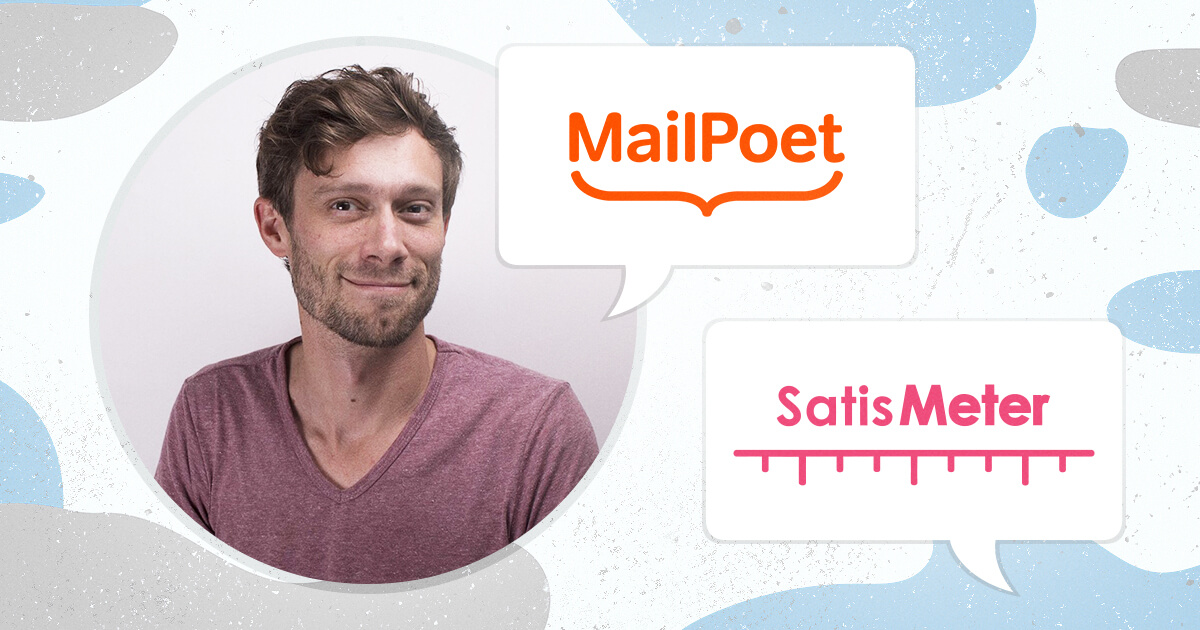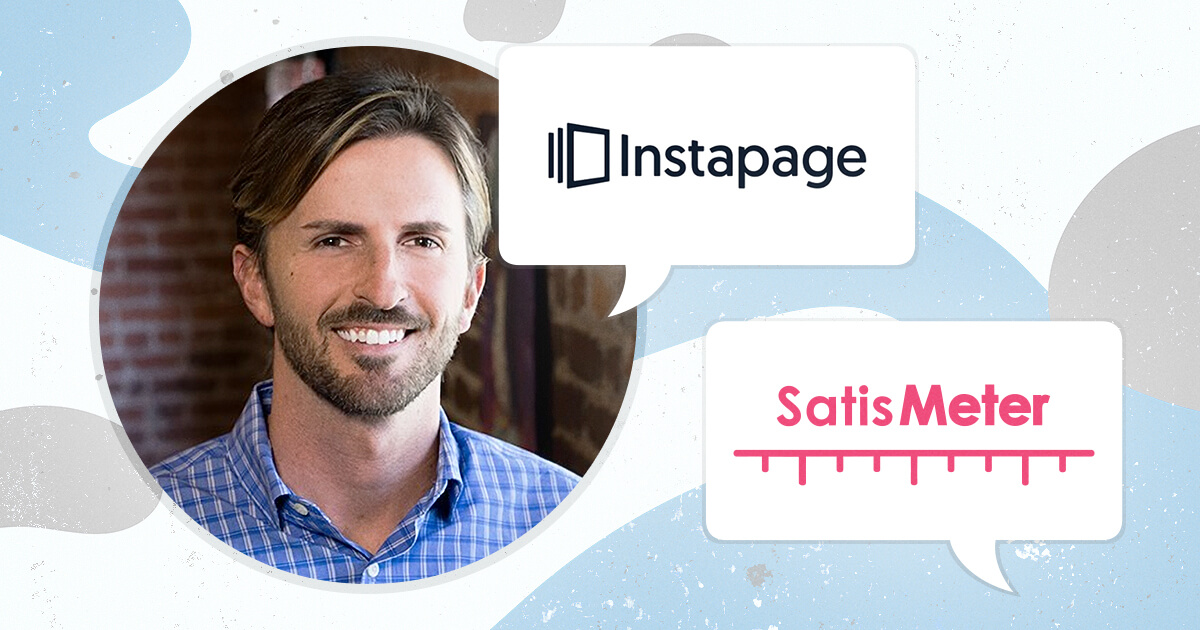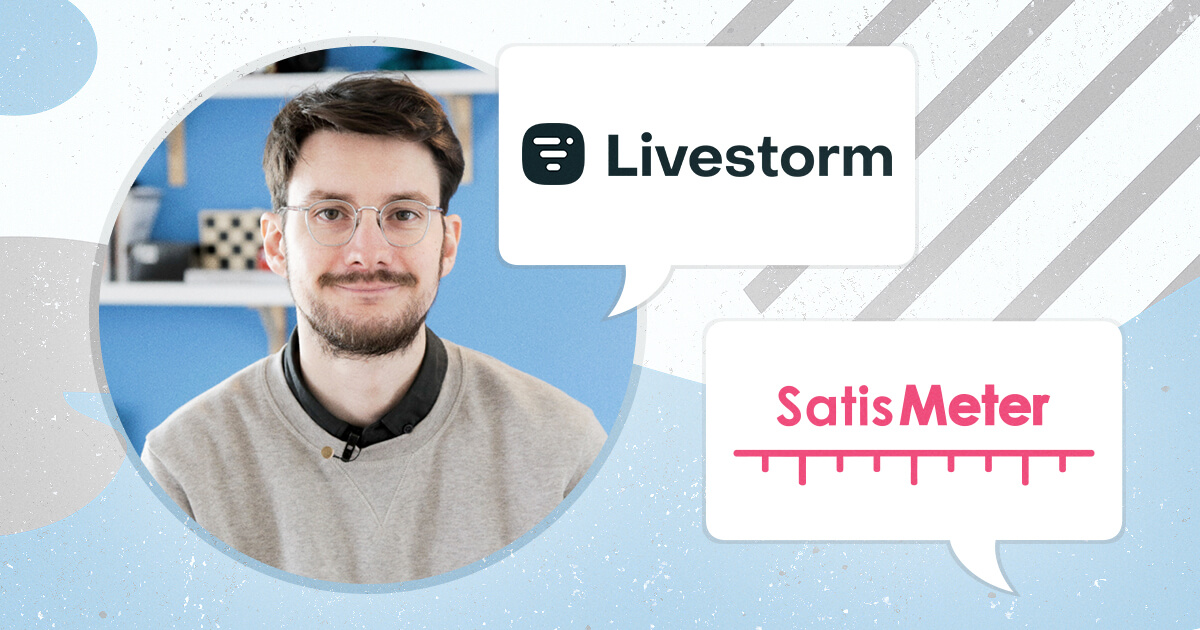“Over the past year, we’ve increased our Net Promoter Score from 27 to 50 in just 6 months.”
This week we’ve been talking to Kim Gjerstad, co-founder at the simple and intuitive WordPress plugin, MailPoet. Hailing from Montreal, but living in France, Kim works closely with product at MailPoet. However, as co-founder his role is varied, covering everything from accounting and HR, to company vision.
Over 300,000 WordPress sites are using MailPoet to seamlessly keep in touch with their subscribers, and recently they’ve been working hard to improve user impressions of their service.
After a complete overhaul of their service, Kim tells us about their efforts using SatisMeter NPS and Customer Feedback to drastically improve customer satisfaction with their solution.
You’ve been making a lot of changes to MailPoet, what’s been your biggest achievement in the last year?
Over the past year, we’ve increased our Net Promoter Score from 27 to 50 in just 6 months.
But first, a bit of context: We spent the first half of 2018 working to improve the technical aspects of our plugins and largely ignored the user experience. It was high time to see our solution through the eyes of our users.
We knew we could improve our users’ first steps, but we weren’t sure by how much.
We get a lot of varying feedback from our users every month. Most of the time, though, we get very specific comments and never a complete teardown or review of our plugin.
Moreover, we’ve carried out our research in the past using polls, surveys, user videos, and phone interviews. While this was qualitative, we needed a quantitative figure to grasp our users’ overall feeling. In other words, we could not paint a bigger picture of our user experience.
This left us wondering: do our users get the “wow” effect when they first try our solution? We soon found out that we didn’t give the best first impression.
To try and answer our own question about the “wow” effect, our team decided to focus on Net Promoter Score (NPS), but for new users only. We already knew our product is sticky once people adopt it!
Our first NPS score was 27 from about 1% of our 8,000 new users per month. By comparison, a really good NPS score is 50 or more. Yikes! This result initially set us back. You always assume your users’ appreciation matches the effort you put into making your software, right? For us, not quite.
The good news is that when you start for a low base, there’s a lot of room to improve.
The NPS score thus became one of the main rallying metrics for our team. Every other week, one of us would check the current score. We talked about it in meetings. It actually became a bit of an obsession.
The real challenge for us was trying to figure out why our score was low. Then, the inevitable how can we improve it? We relied both on our gut feelings along with data driven decisions around improvements the user experience of MailPoet. This included:
- Adding a configuration wizard to the installation process
- Adding a step-by-step guide for new users
- Adding illustrations to our user interface to convey emotions
- Redesigning important steps in the on-boarding
- Removing lots of small annoyances in our UX
- Adding videos guides to our UI
So what did all these changes do for our NPS? As I mentioned, our score climbed from 27 to 48 in less than 6 months.
Our story goes to show that you can turn things around pretty quickly if you pay attention to your NPS score.
How else are you collecting customer feedback?
We’re all ears: we conduct interviews, polls, surveys, NPS surveys, and our support team raises feedback they hear regularly.
We also have a dozen customers we follow closely and have regular conversations with. This helps us understand the needs of long-term users.
Our support team experimented with live chat as well, but it wasn’t ideal because we have tens of thousands of free users. We prefer to stick to an in-app email contact form rather than chat.
The entire process of mining our feedback and pulling out important points is quite hands-on, with very few automated tools. It’s a time sink we’re careful to manage.
What do we do with all this feedback we get each week? Our team discusses it in-depth over calls and chat. Our own ideas are added to the mix.
The team will vote on good ideas and graduate them to a Trello board we call “Feedback Loop”. There are over 100 ideas on this board.
This board is critical because it allows us to categorize feedback and rank by priorities:
- UX
- Reliability
- On-boarding
- Support-related
- Free versus paid
Every quarter, we set new objectives using the Objective Key Metrics framework. In these metrics, you’ll find a variety of objectives, some of which come from our “Feedback Loop” board.
During a quarter, customers will see their feedback released as a new feature. We try to roll out perceivable improvements for our users regularly.
What tools are you loving at the moment?
We’re pretty addicted to SatisMeter for the NPS score and GetBeamer for in-app announcements.
With SatisMeter, we ask all those who rate our plugin highly to leave a 5-star review on our plugin’s WordPress.org page. This tactic has helped our positive reviews go through the roof. There are few other metrics that validate our team’s work.
For our in-app announcements, we settled for GetBeamer after having tried our own in-house solutions with mixed results. When you visit the app’s site, you can see the announcement sidebar slide in from the right. It’s simple and yet so effective. There are unique view stats per announcement, which is what you’ll be looking for.
What are your goals for the year to come?
We are working to reach an NPS score of 60, but in sequential increases of 5 points per quarter. In other words, it would take us another 6 months to go from 50 to 60.
Through our qualitative research, we continue to try and understand what value is missing from our plugin, especially for our NPS respondents who are detractors.
We’re also going to start segmenting our NPS score based on variables, like free versus paid since our product uses a freemium pricing model. The NPS score is just the beginning of a larger research project for us around user satisfaction. We’ll return to qualitative research thereafter. An endless cycle!
Time to start looking at the bigger picture of customer satisfaction? Start measuring NPS today.



